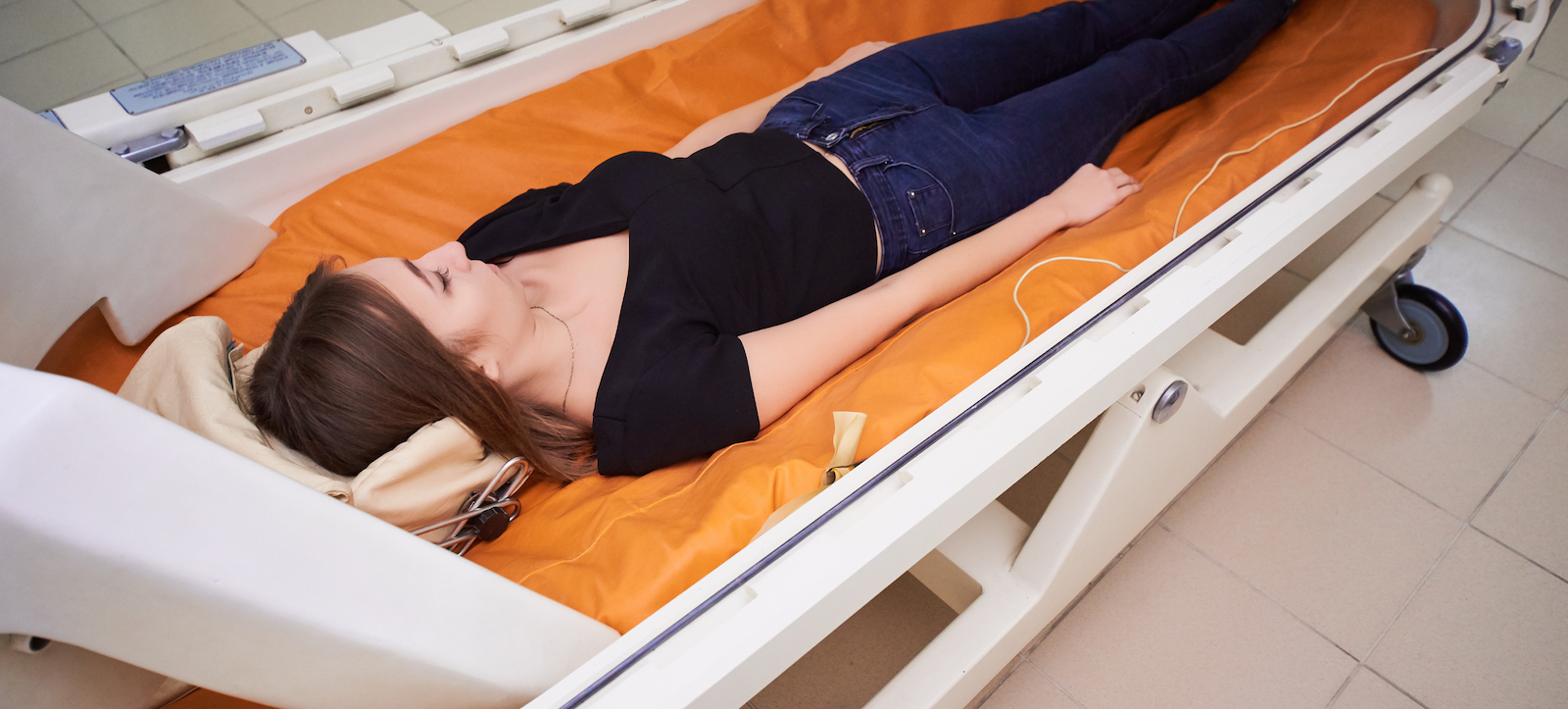Dr. May is a specialist in advanced wound care and hyperbaric medicine. Primary interests include the management of complex wounds associated with diabetes, peripheral arterial disease, venous insufficiency, pressure injury, and/or radiation therapy. Dr. May is committed to the development of comprehensive and multidisciplinary approaches to wound medicine for optimized rates of healing and limb salvage.
Dr. May is fellowship-trained in undersea and hyperbaric medicine and holds an NOAA/UHMS certification in diving medicine. He has experience utilizing hyperbaric oxygen for acute and chronic indications, including wound healing, acute carbon monoxide poisoning, air gas embolism, and decompression sickness.
